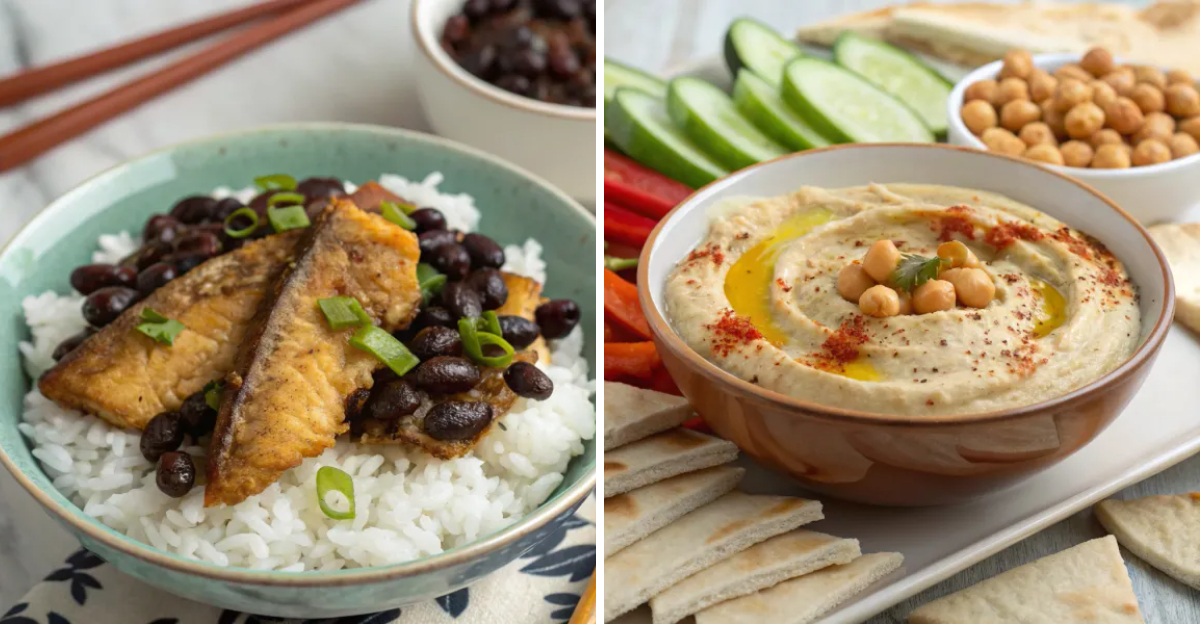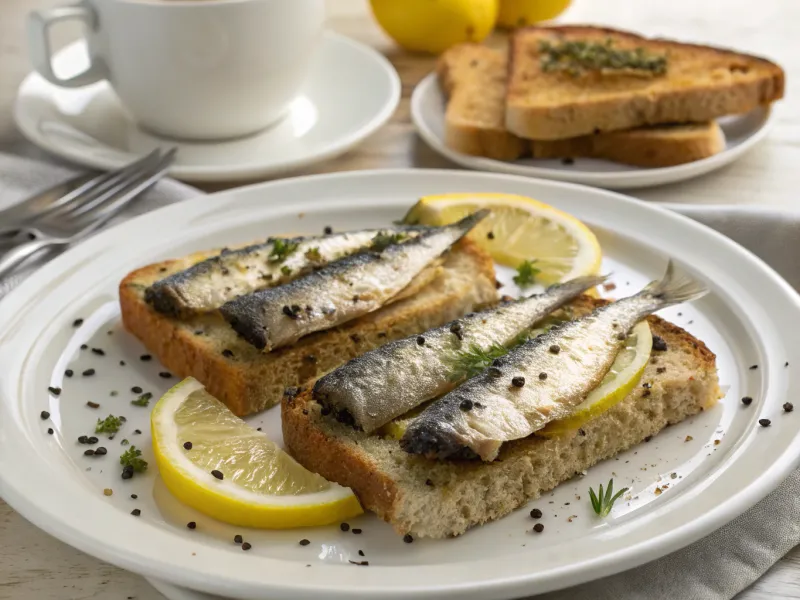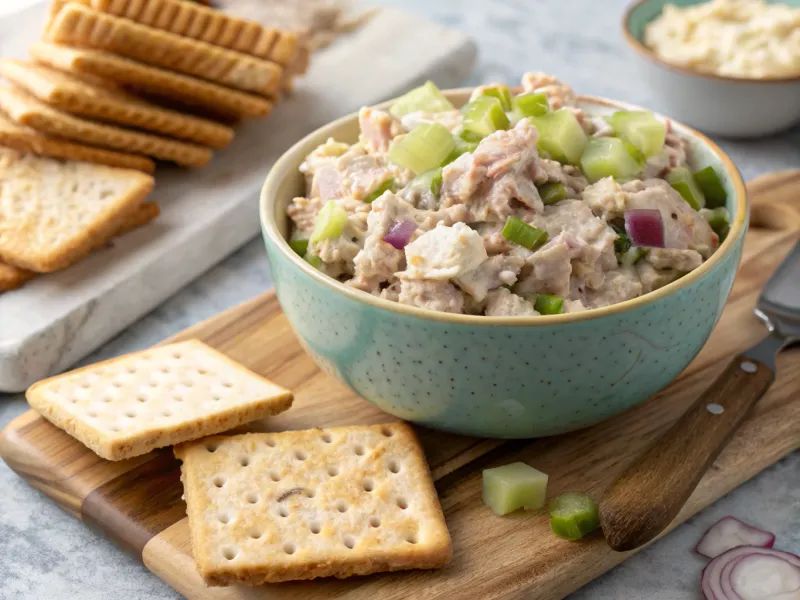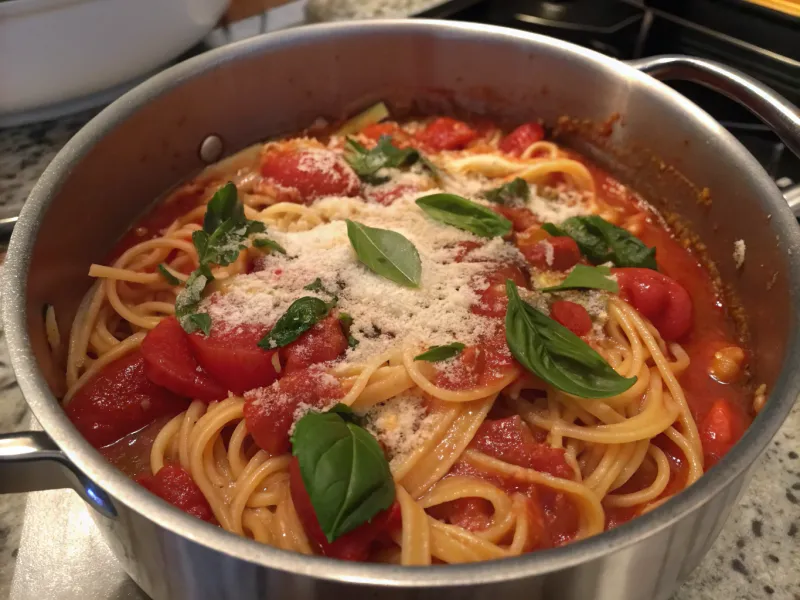10 International Dishes from Around the World Made with Canned Foods

Preserved foods are prevalent in kitchens globally, featuring in dishes that may seem unusual but are quite tasty. These ingredients are crucial components of traditional recipes, spanning from Korean army stew to Middle Eastern spreads. Originating from necessity during times of war or economic challenges, these dishes have transformed into favored comfort foods. Discover how simple canned ingredients can transport your palate globally.
1. Budae-jjigae (Korean Stew)

Originating after the Korean War, this dish blends canned Spam, baked beans, and processed sausages with traditional Korean ingredients. Families enjoy steaming bowls filled with kimchi, instant noodles, and rice cakes in a spicy gochujang broth. The dish showcases resourcefulness, repurposing American military rations into a favored Korean dish. Today, restaurants in Seoul offer this hearty stew on portable gas burners at dining tables. It offers a blend of salty, spicy, and umami flavors, especially during the winter.
2. Sardines on Toast (British Seaside Classic)

Coastal towns in Britain have long presented a straightforward, palatable dish: sardines atop buttered toast. The dish features sardines, often preserved in tomato sauce or olive oil, directly from the can. To enhance the flavor, a squeeze of lemon juice and a sprinkle of black pepper are added. Some individuals incorporate sliced tomatoes or cucumber for added freshness and texture. Originally consumed by fishermen and dock workers during extended work periods, this convenient meal has become a nostalgic comfort food. It is commonly found in seaside cafes and domestic settings across the United Kingdom.
3. Spam Musubi (Hawaiian Grilled Meat Rice)

A seasoned rice rectangle, topped with a grilled Spam slice, and wrapped in crispy seaweed. This snack gained popularity in Hawaii after World War II due to canned meat availability. Local stores sell thousands of these daily, similar to mainland sandwiches. The preparation involves caramelizing the Spam with soy sauce and sugar for a savory coating. This portable combination of protein, carbohydrates, and seaweed flavor is enjoyed by beach-goers, hikers, and office workers.
4. Tuna Salad (American Deli Staple)

Deli counters in the United States commonly offer a creamy mixture composed of flaked canned tuna, mayonnaise, diced celery, and minced onions. This blend delivers protein, crunch, and tangy tastes, suitable for sandwiches or crackers. Some cooks incorporate hard-boiled eggs, sweet pickle relish, or chopped herbs to personalize their recipes. Thoroughly draining the tuna is essential to avoid a watery outcome. Office employees often include this in their lunches, parents prepare it on bread for school sandwiches, and picnickers present it with chips during warmer seasons.
5. Baked Beans on Toast (British Breakfast Essential)

A popular comfort food in Britain is baked beans served on toast. This dish features canned beans in tomato sauce, a staple since the early 1900s. The preparation involves heating the beans until they bubble and serving them promptly on thick-cut bread. Butter or cheese may be added for increased richness. This combination of protein, fiber, and carbohydrates is a quick and filling meal. It requires minimal cooking skills and offers a sense of nostalgia.
6. Fried Dace with Salted Black Beans (Chinese Preserved Fish)

Small silver fish swim within a sea of glossy black beans inside distinctive Chinese cans, representing a treasured preserved food from Guangdong province. The dace fish undergo careful cleaning and frying before being packed with fermented black soybeans and aromatic spices. Cantonese families frequently steam this mixture over rice, allowing the flavors to infuse the grains. The tender fish offer a soft texture, while the black beans contribute bursts of intense umami. Street vendors in Hong Kong offer this as a quick lunch, serving the contents over steaming white rice for busy office workers seeking authentic comfort food.
7. Corned Beef Hash (Irish Skillet Dish)

Cast iron skillets in Ireland and America are used to cook a hearty dish featuring canned corned beef, diced potatoes, and caramelized onions. The dish originated from Irish immigrants who needed to make the most of costly meat with inexpensive vegetables. Chefs cube potatoes and fry them until they turn golden. Then, they add crumbled corned beef and onions. The mixture forms a crispy bottom layer while remaining tender on top, providing textural contrast. Many families present this for Sunday breakfast with fried eggs, turning simple canned meat into a meal that fills hungry stomachs and connects generations through shared recipes.
8. Tomato Pasta (Italian Meal)

This method has gained popularity among cooks globally. It involves combining canned crushed tomatoes, dried pasta, and seasonings in one pot. This approach conserves time and simplifies cleanup, yielding high-quality results. During cooking, the pasta releases starch, naturally thickening the tomato sauce. This process ensures a smooth coating on the pasta. Fresh basil, garlic, and olive oil enhance the simple canned tomatoes. This technique converts pantry staples into a complete meal, favored by college students, busy parents, and individuals with limited time. The meal tastes as if it has simmered for an extended period.
9. Hummus (Middle Eastern Chickpea Spread)

In the Middle East, a blend of canned chickpeas, tahini, lemon juice, and garlic forms a creamy, protein-rich spread. This dish has been a staple for generations. Careful blending and seasoning turn the legumes into a smooth dip. Olive oil and paprika enhance the final presentation. Served with warm pita bread or fresh vegetables, the dish offers fiber and plant protein. The tahini contributes a nutty flavor. From Lebanese meals to Israeli breakfasts, this adaptable dish is present at numerous meals. It demonstrates that simple canned ingredients can be the basis of nutritious, flavorful food.
10. Canned Fruit Salad (American Potluck)

Family gatherings throughout the United States often include a colorful fruit mixture. This dessert blends canned peaches, pears, pineapple, and cherries in a sweet syrup. The pre-cut, preserved fruit offers year-round accessibility, irrespective of seasonal limitations. Some cooks remove the syrup and add fresh whipped cream or marshmallows for added indulgence. Others include nuts or coconut flakes for textural variety and enhanced flavor. Youngsters particularly enjoy the soft, sweet fruit pieces, requiring no preparation or cooking. This dessert consistently pleases, evoking recollections of childhood get-togethers and community events.
